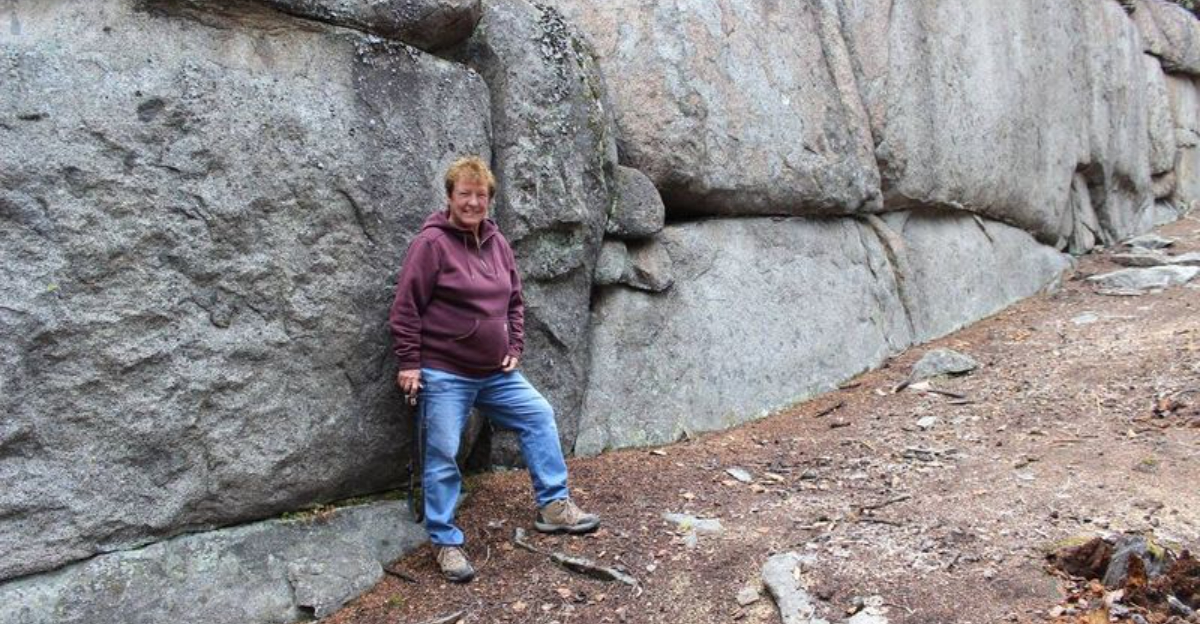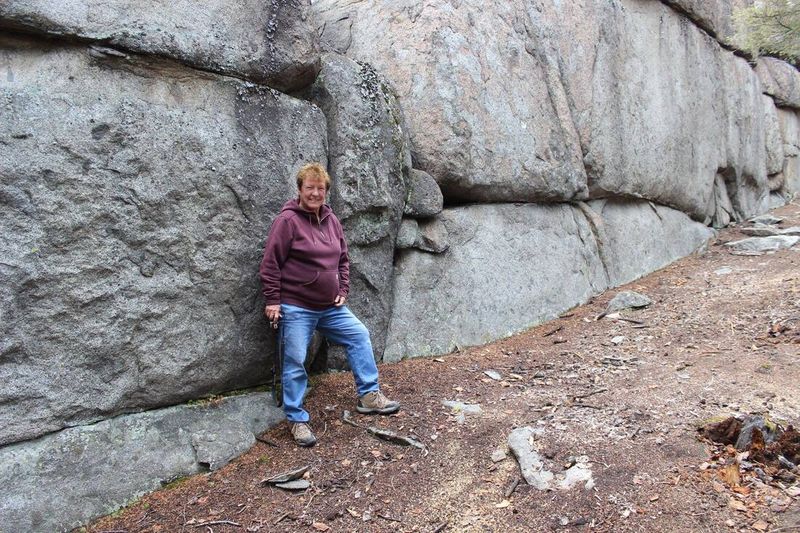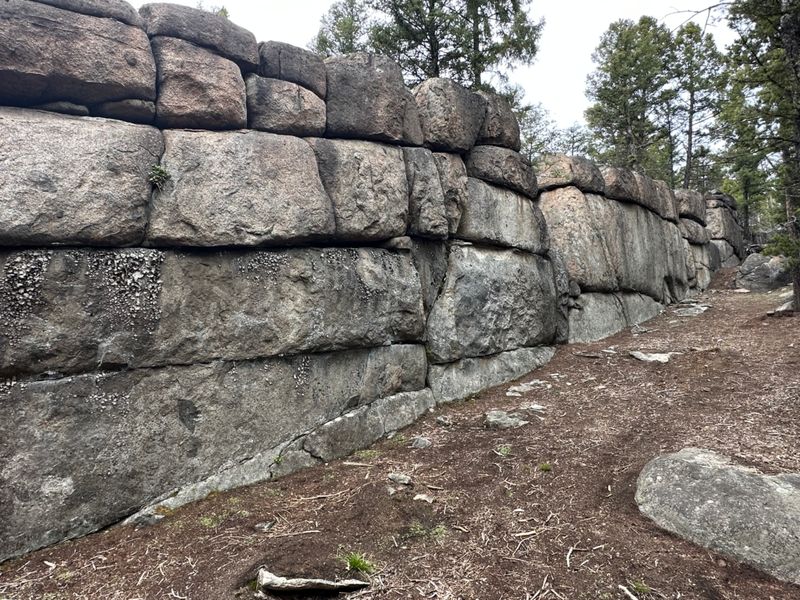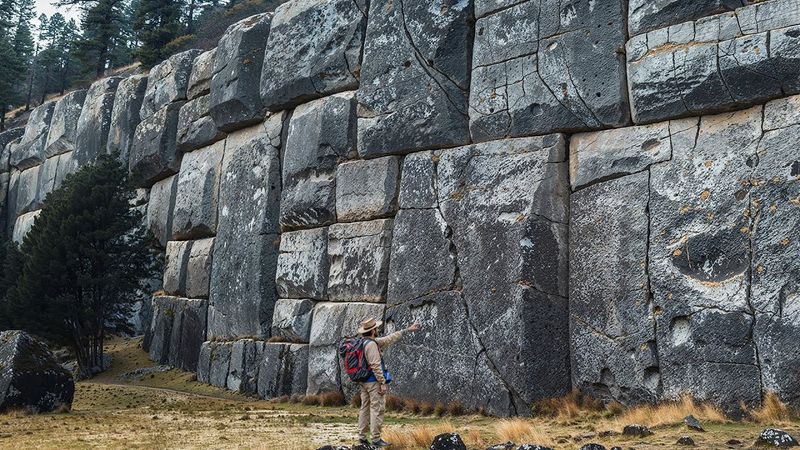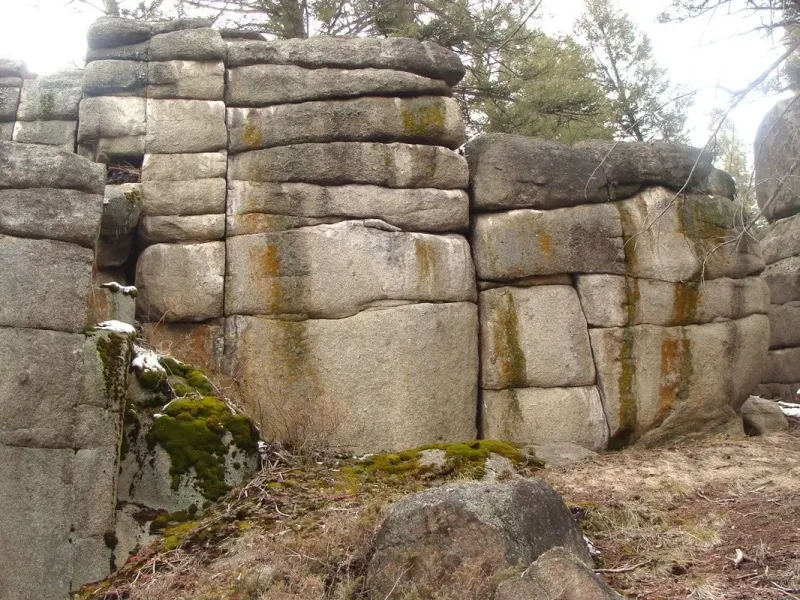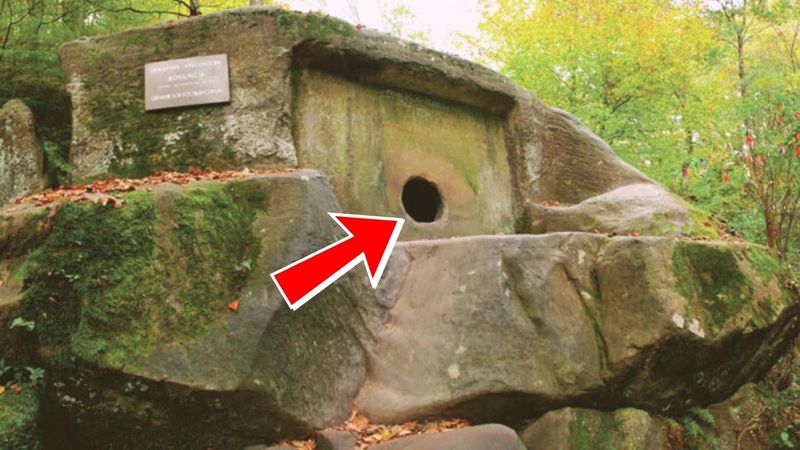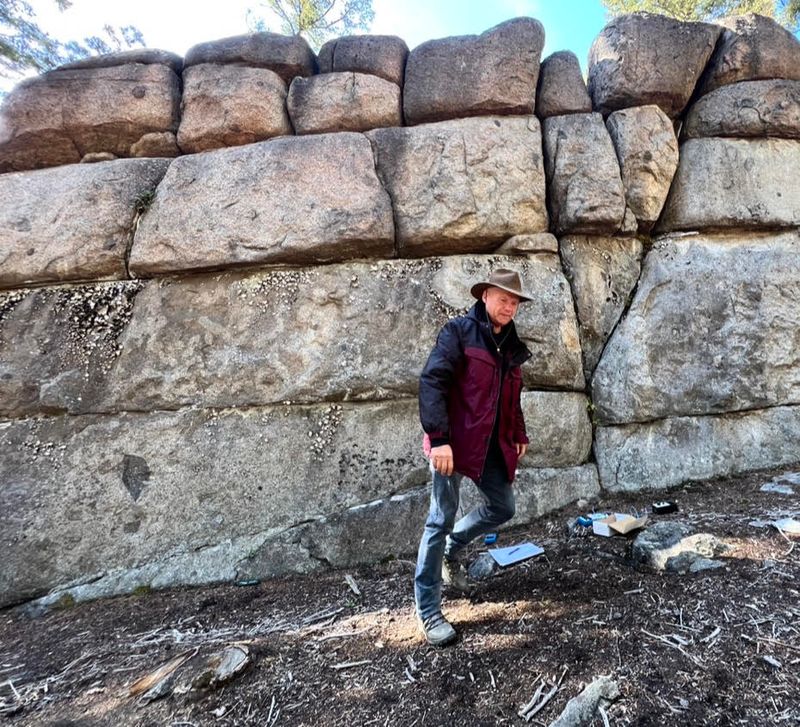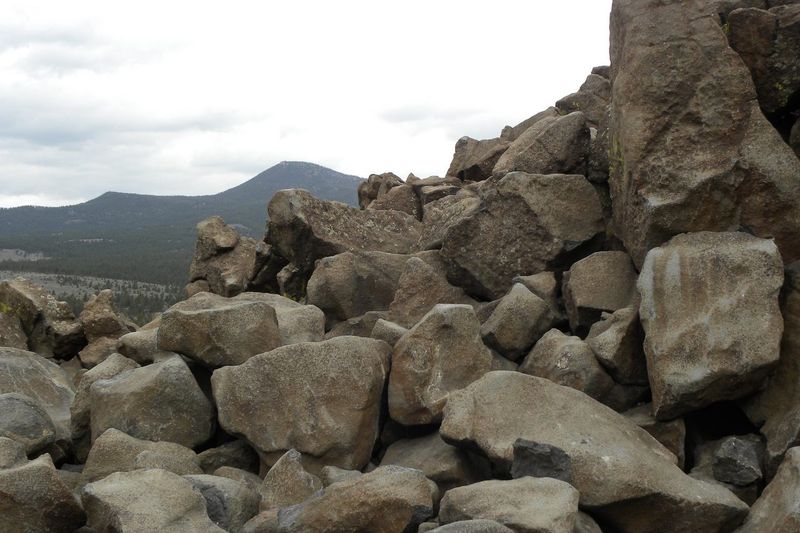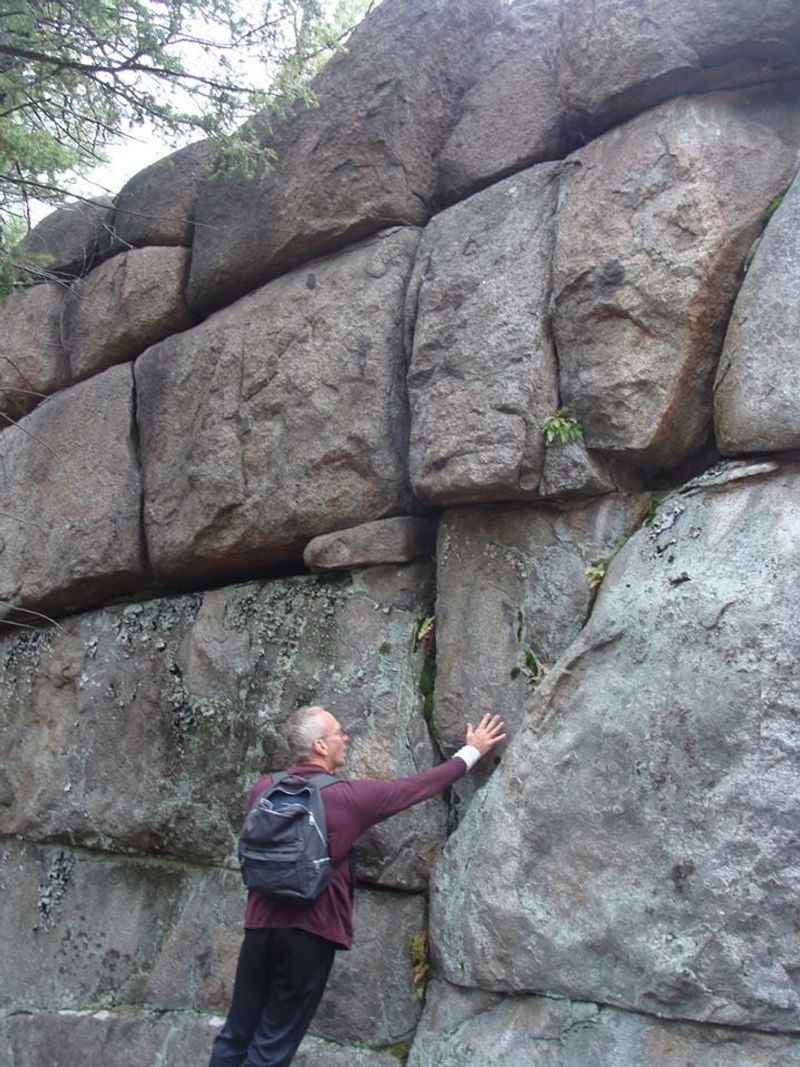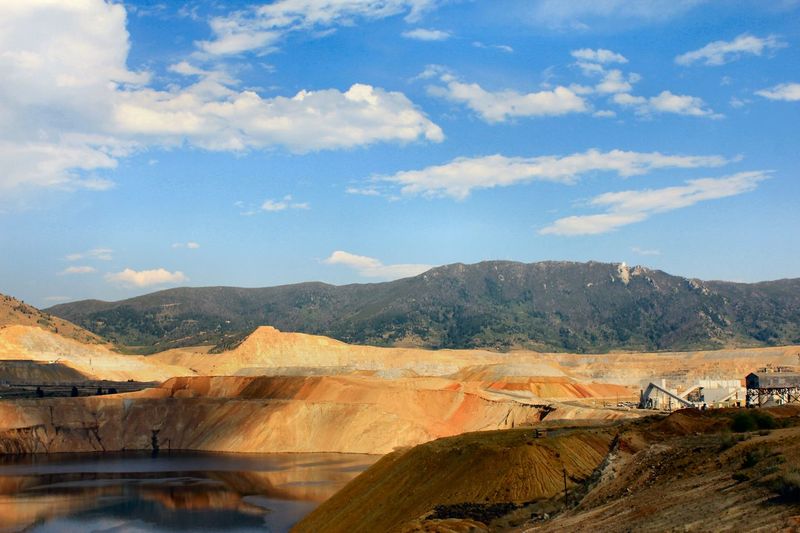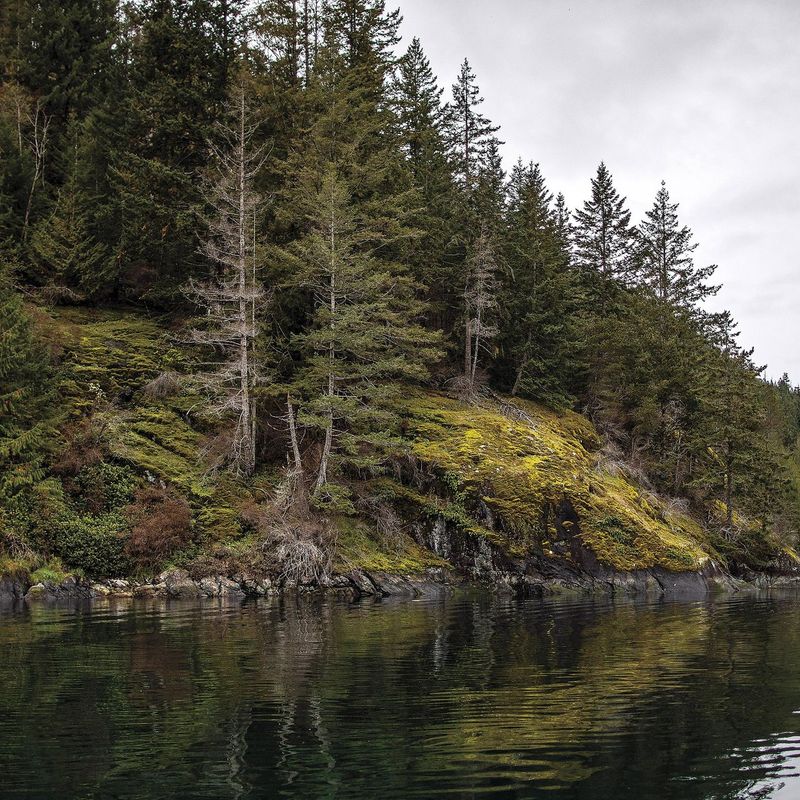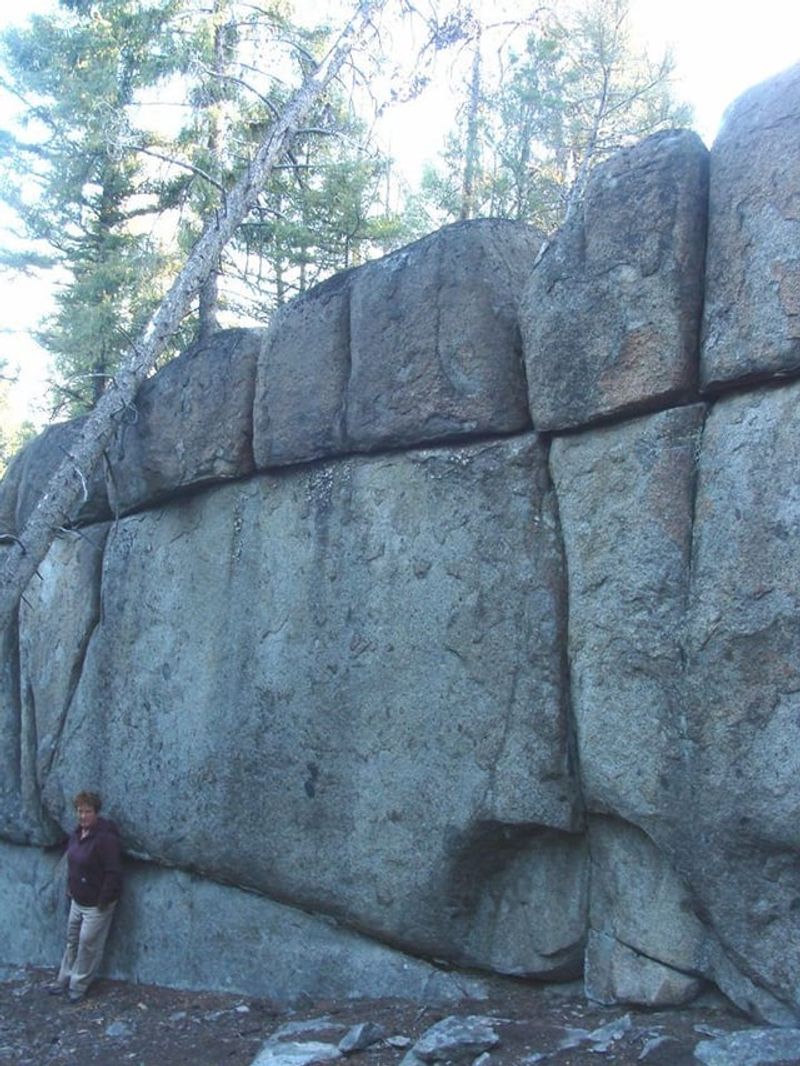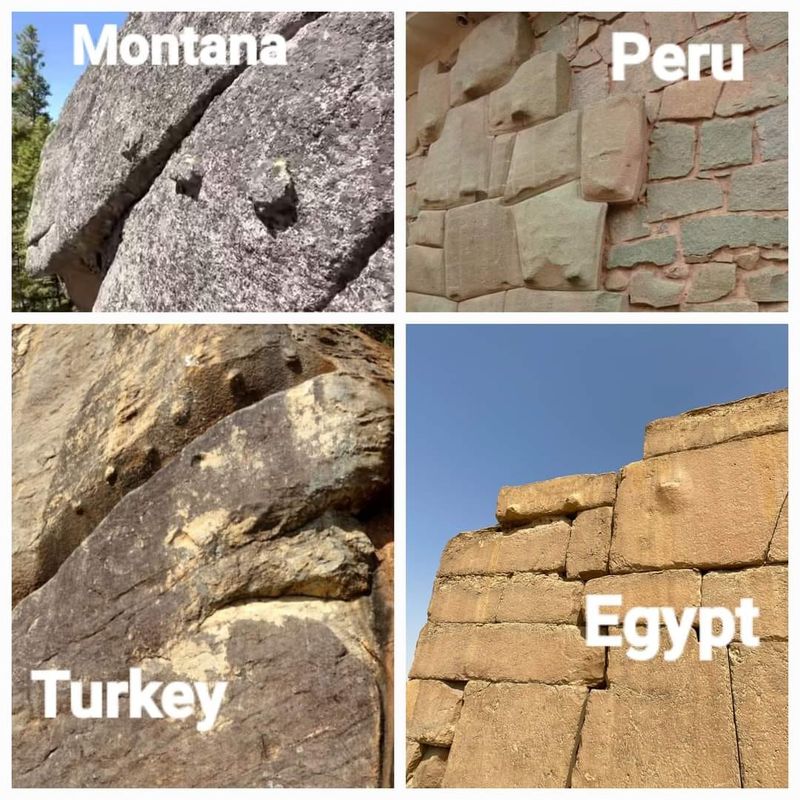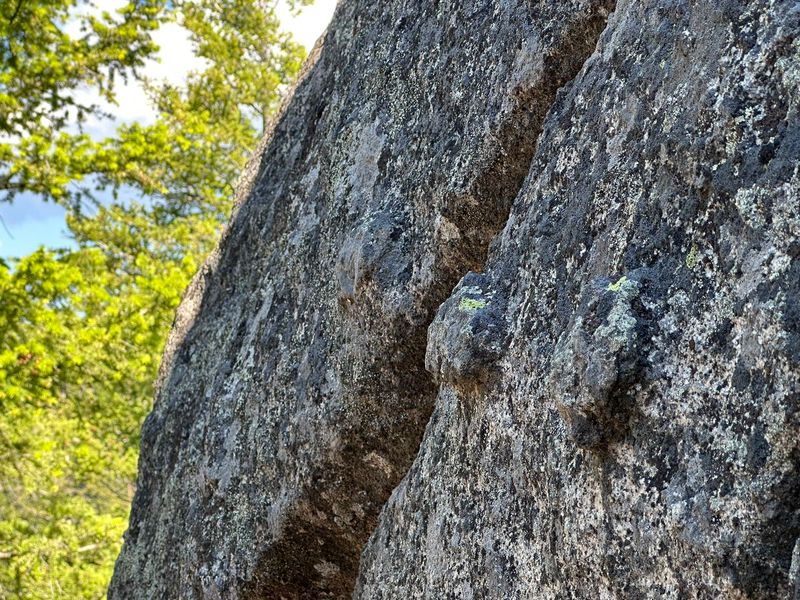Hidden among Montana’s rugged landscape lies a mysterious granite formation that has sparked intense debate among scientists and history enthusiasts alike. The Sage Wall, discovered in 1996 on private property near Whitehall, stands as a 275-foot testament to either ancient human ingenuity or spectacular geological processes. Whether this massive structure represents America’s oldest archaeological wonder or simply nature’s artistic hand remains one of the country’s most fascinating unsolved puzzles.
1. Accidental Backyard Discovery
Christopher Borton and Linda Welsh never expected to find a potential archaeological wonder when they purchased their Montana property. In 1996, while exploring the rugged terrain of their new land, they stumbled upon an enormous 275-foot-long granite formation that would soon become known as the Sage Wall.
The massive structure, tucked away on their private property, immediately struck them as unusual. Its seemingly organized appearance prompted questions about its origin that continue to this day.
The couple established the Sage Mountain Center on their property, now offering guided tours to curious visitors hoping to witness this mysterious formation firsthand.
2. Ancient Volcanic Origins
Nestled within the Boulder Batholith, the Sage Wall emerges from one of North America’s most significant geological features. This massive granite formation near Whitehall, Montana wasn’t built by human hands—it was forged through volcanic fury 76-80 million years ago during the Late Cretaceous period.
Molten magma rose from deep within the earth, cooling slowly underground to form the distinctive granite. Subsequent erosion and uplift gradually exposed these formations to the surface.
The Boulder Batholith itself spans approximately 2,700 square miles, representing one of the largest batholith formations in the northwestern United States.
3. Rock Composition Revelations
The granite comprising the Sage Wall tells a crucial scientific story often overlooked by sensation-seeking theorists. Unlike sedimentary rocks that form in layers over time, this igneous rock originated as molten magma deep beneath Earth’s surface.
Mineral composition analysis reveals typical granite constituents: quartz, feldspar, and mica, arranged in the characteristic crystalline pattern that forms when magma cools slowly underground. No evidence of artificial binding agents, mortar, or human manipulation appears in the rock structure.
This composition directly contradicts early claims about “horizontal sedimentation”—a geological impossibility for granite that exposes fundamental flaws in arguments for human construction.
4. Nature’s Perfect Illusion
Mother Nature proves herself the ultimate architect at the Sage Wall. What appears to untrained eyes as methodical stonework actually showcases textbook examples of natural geological phenomena—incipient joints (early-stage fractures) and igneous dikes (volcanic intrusions) that create deceptively organized patterns.
These features form through predictable geological processes: cooling magma contracts and creates systematic fracture networks, while later volcanic activity injects new material into existing cracks. Wind, water, and ice then sculpt these features over millions of years.
Similar formations appear worldwide, from Giant’s Causeway in Ireland to Devils Tower in Wyoming—natural wonders once mistaken for supernatural or human-made structures.
5. Missing Tool Marks Mystery
Professional archaeologists examining the Sage Wall have consistently reported one critical finding: a complete absence of tool marks. Ancient constructed sites worldwide—from Egyptian pyramids to Incan fortresses—invariably show evidence of human manipulation through distinctive tool patterns, quarry marks, or fitting adjustments.
The Sage Wall’s surfaces display only natural weathering patterns consistent with millions of years of exposure to Montana’s harsh climate. No chisel marks, drilling points, or abrasion patterns suggest human involvement.
This absence represents a fundamental problem for human-origin theories, as even the most primitive stone-working cultures left distinctive marks that archaeologists can readily identify thousands of years later.
6. The Missing Cultural Context
Genuine ancient sites never exist in isolation—they form part of a cultural landscape. The Sage Wall stands strikingly alone, with no surrounding artifacts that would normally accompany a significant human construction.
No pottery shards, tool remnants, hearths, or burial sites have been discovered in the vicinity. This archaeological silence speaks volumes. Construction of such a massive structure would have required a substantial workforce and settlement—leaving behind countless traces of human activity.
Archaeological surveys around verified ancient sites like Cahokia Mounds or Mesa Verde reveal rich tapestries of human presence through thousands of artifacts. The Sage Wall’s surroundings remain conspicuously empty of such evidence.
7. Private Access Challenges
Unlike most significant archaeological sites which undergo extensive professional study, the Sage Wall remains under private ownership through the Sage Mountain Center. Visitors can experience the formation only through guided tours offered by the property owners for a fee.
This private status has limited independent scientific investigation and peer-reviewed research. Without unrestricted access for diverse archaeological teams, comprehensive analysis remains challenging.
The property owners maintain control over who studies the site and what information reaches the public—a situation that has fueled both speculation and skepticism about the structure’s true nature and significance in scientific circles.
8. Scientific Terminology Confusion
Early promoters of the Sage Wall’s human origins made a critical scientific blunder by describing the structure as showing “horizontal sedimentation.” This terminology betrays a fundamental misunderstanding of basic geology—granite forms from cooling magma, not sedimentary layering.
Such misapplication of scientific terms raises serious questions about the credibility of other claims surrounding the structure. Geological processes create predictable patterns that can appear deceptively designed to untrained observers.
Professional geologists examining promotional materials have identified numerous similar terminological errors that undermine arguments for artificial construction, highlighting how misunderstanding natural processes leads to extraordinary but unsupported conclusions.
9. Göbekli Tepe Contrast
Claims comparing the Sage Wall to Turkey’s revolutionary Göbekli Tepe site fall apart under scrutiny. Göbekli Tepe, genuinely dating back 11,000 years, displays unmistakable evidence of human craftsmanship: intricately carved pillars, clear tool marks, and thousands of associated artifacts.
Archaeological excavations there uncovered ritual objects, animal bones, and distinct architectural elements. The site transformed our understanding of prehistoric human capabilities because the evidence was overwhelming and verified through multiple scientific methods.
The Sage Wall lacks these hallmark features of human construction. No carvings, no associated artifacts, and no architectural complexity exist—just natural granite formations shaped by geological forces rather than human hands.
10. Geological Expert Consensus
Professional geologists who’ve examined the Sage Wall share a remarkably unified position: the formation results entirely from natural processes. The Montana Bureau of Mines and Geology has explicitly attributed the structure to natural fracturing patterns and erosion occurring over millions of years.
These conclusions come from experts specifically trained to distinguish between natural and human-made structures. Their analysis identifies classic granite weathering patterns, joint systems, and erosional features that perfectly explain the wall’s appearance without invoking human intervention.
While fringe theories persist in popular media, no peer-reviewed geological publications support human involvement in the formation—a telling indication of where the scientific evidence actually points.
11. Migration Theory Disconnection
Sensational claims connecting the Sage Wall to early human migration theories crumble under basic chronological analysis. The granite formation dates to 76-80 million years ago—long before humans existed anywhere on Earth.
Even if the structure were somehow shaped by humans (which geological evidence contradicts), it would have nothing to do with debates about Clovis culture or early American settlement. The earliest human presence in North America dates back roughly 16,000-20,000 years—a mere blink compared to the formation’s actual age.
This astronomical time gap exposes how speculation about the wall often ignores fundamental scientific timelines and evidence-based archaeology in favor of dramatic but unsupported narratives.
12. Public Fascination Versus Scientific Rigor
The Sage Wall perfectly illustrates the tension between public enthusiasm and scientific methodology. Popular websites describe it as an “ancient megalithic wonder” while academic geologists consistently identify natural formation processes.
This disconnect highlights how differently evidence can be interpreted through different lenses. The public’s natural attraction to mystery and ancient possibilities creates fertile ground for alternative explanations that often overlook simpler, evidence-based conclusions.
Scientific consensus requires multiple lines of evidence, peer review, and replicable results—standards that claims of human construction have consistently failed to meet despite decades of opportunity to present compelling evidence.
13. Revealing Igneous Dikes
Cross-cutting igneous dikes running through the Sage Wall provide smoking-gun evidence against human construction theories. These younger magma intrusions penetrate the existing granite—something physically impossible if the stones were quarried and stacked by people.
The dikes formed when newer magma pushed through cracks in the already-solidified older granite. Their presence proves the entire formation developed in place through geological processes.
Similar features appear in natural granite formations worldwide. Their distinctive appearance—often darker bands cutting across lighter granite—creates striking patterns that untrained observers might mistake for deliberate design elements rather than natural volcanic phenomena.
14. Astronomical Alignment Claims
Speculative theories suggest the Sage Wall aligns with solstices or specific star patterns—claims that echo similar assertions about sites worldwide from Stonehenge to the Pyramids. These proposals sound compelling but lack rigorous verification.
No peer-reviewed archaeoastronomical studies confirm these alignments beyond what random chance would produce. When structures have enough linear elements, some will inevitably point toward astronomically significant positions simply by coincidence.
Genuine astronomical sites typically show multiple confirmed alignments and supporting cultural evidence of sky observation. The Sage Wall offers neither, making astronomical claims another example of pattern-seeking that exceeds what the evidence actually supports.
15. Critical Thinking Laboratory
Beyond geology, the Sage Wall serves as a perfect case study in critical thinking and evidence evaluation. The controversy showcases how differently people assess the same physical evidence based on their starting assumptions and knowledge frameworks.
Those familiar with geological processes see predictable natural patterns. Those hoping for archaeological mysteries see intentional design. This cognitive divide reflects broader challenges in distinguishing between correlation and causation, coincidence and purpose.
The ongoing debate provides educators a valuable teaching tool about the importance of multiple working hypotheses, the danger of confirmation bias, and why extraordinary claims require extraordinary evidence—especially when simpler explanations adequately explain the observations.
